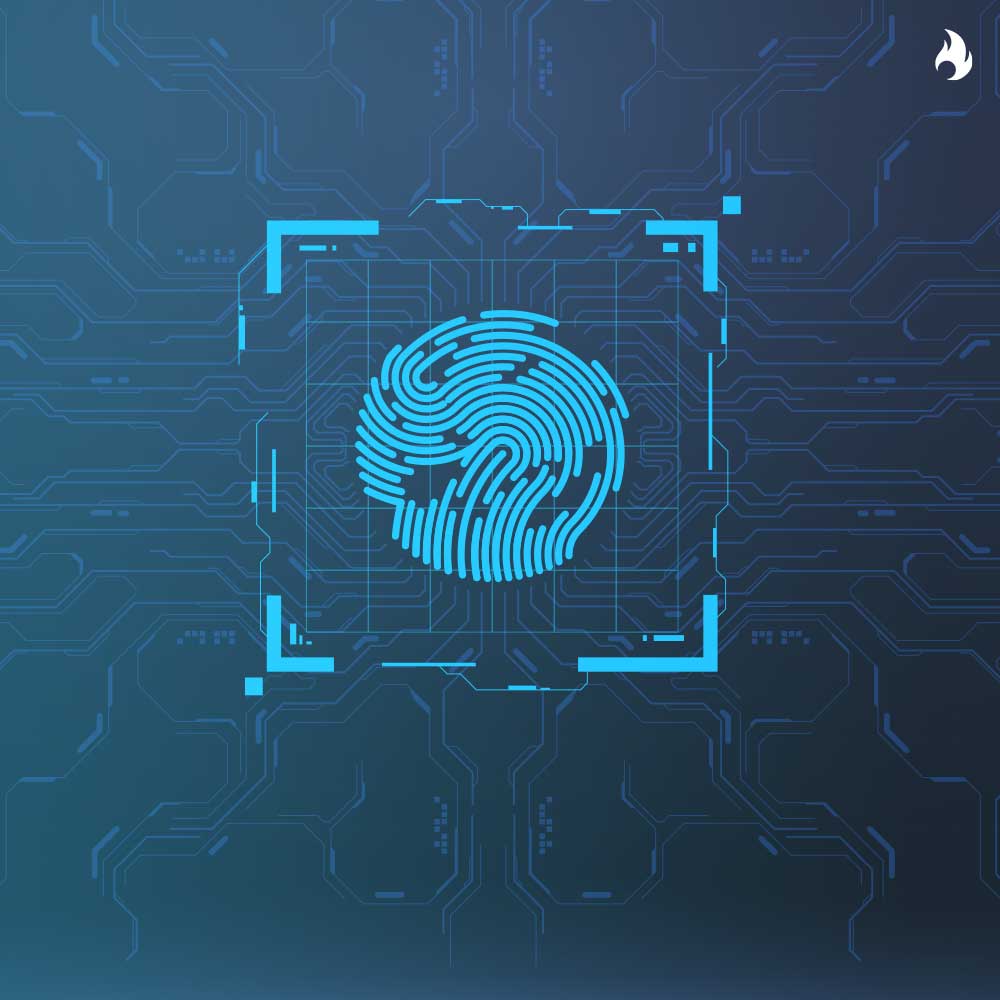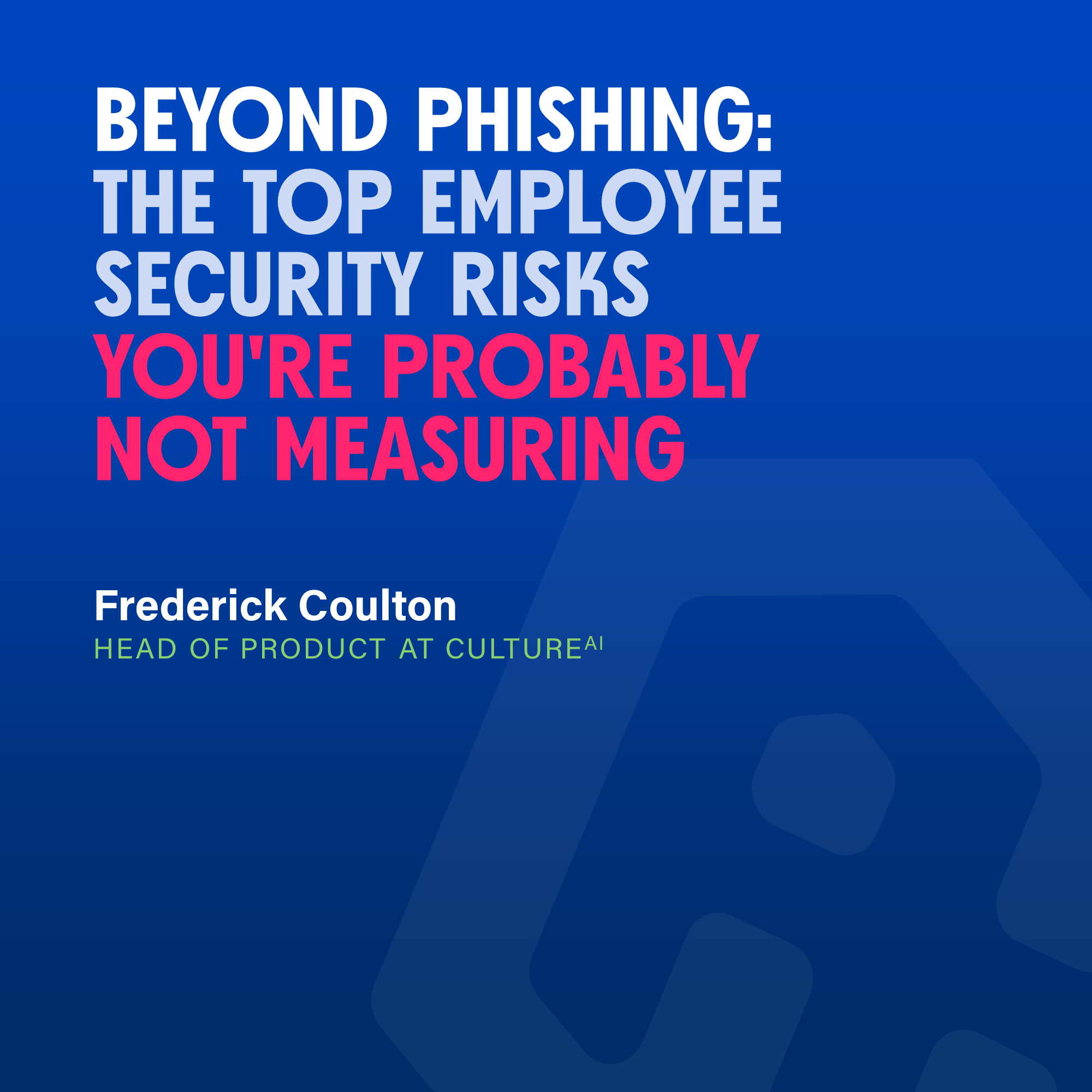Identity security and Zero Trust are two terms that are often used in the cybersecurity world, and although these two approaches are related, there are distinct differences. Identity security focuses on securing user identities and access to systems and data, while zero trust is a security model that assumes no user or device can be trusted by default. So, while Identity security can be a component of a Zero Trust architecture, Zero Trust goes beyond just identity and includes additional security layers such as continuous monitoring and risk-based access control.
In this article, we will explore the differences between these two approaches and how they can be used together to enhance overall cybersecurity.
What is Identity security?
Identity security is the practice of securing access to online resources based on a user’s identity. This means that only users who are authorised to access a resource are allowed to do so, and they must be authenticated and authorised before they are granted access.
The primary aim is to protect an individual’s digital identity from unauthorised access, theft, or compromise. This is done by verifying the user’s identity through multi-factor authentication (MFA), which can include a combination of something the user knows (like a password), something the user has (like a security token), and something the user is (like biometric data).
Once the user’s identity is confirmed, access to resources is granted based on their pre-defined permissions. Identity security strategies are often based on the principle of least privilege, which means that users are only given the minimum access necessary to perform their job functions.
What is Zero Trust?
Zero Trust, on the other hand, is a security model that assumes that all users, devices, and network traffic are potentially malicious and should not be trusted by default. Under this model, every access request is verified, regardless of the user’s identity, location, or device. Zero Trust requires continuous verification of identity, devices, and other security parameters before granting access to any resource.
Because it assumes no user or device within or outside of a network can be trusted, verification for every access request, regardless of the user’s location or device is required. This approach involves continuously monitoring and analysing user behaviour, context, and risk, and enforcing strict access controls based on that analysis. In Zero Trust, authentication is not only performed at the point of entry, but continuously throughout the user’s session.
Here are some ways in which Identity security and Zero Trust can be integrated:
- Identity-based access control: With Zero Trust, all access requests are verified, and access is granted only if the requestor’s identity is authenticated. Identity security solutions such as multi-factor authentication (MFA) can be used to strengthen the authentication process and ensure that only authorised users gain access to sensitive resources. Solutions like Okta offer SSO and MFA to authenticate a user’s identity.
- Continuous monitoring: Zero Trust requires continuous monitoring of all user and device activity to detect any anomalies that could indicate a security breach. Identity security solutions can provide visibility into user behaviour and help identify any unusual activity that could be a sign of a potential security threat.
- Risk-based authentication: Identity security solutions can be integrated with Zero Trust to provide risk-based authentication, where the level of authentication required is based on the user’s risk profile. For example, a user accessing sensitive data from an unfamiliar location or device may be required to undergo additional authentication steps to verify their identity. BeyondTrust offers Privileged Access Management that goes beyond privilege to secure endpoints, passwords, and remote access.
- Role-based access control: Zero Trust can be combined with identity security solutions to provide role-based access control, where access to resources is based on the user’s role within the organisation. This ensures that users only have access to the resources they need to perform their job duties and reduces the risk of unauthorised access. SailPoint uses this security methodology as a way to manage user access and protect resources including data, applications, and systems, from improper access.
By combining the strengths of Zero Trust and Identity security, organisations can create a robust security solution that protects against a wide range of cyber threats, including insider threats, phishing attacks, and other types of identity-based attacks.
If you’d like to find out more about these two approaches and what products would offer the most sophisticated solution, speak with our team today.
Get in touch: channel@ignition-technology.com
Learn more: https://www.ignition-technology.com/solutions/ignition-on-identity/
By Ignition Technology





